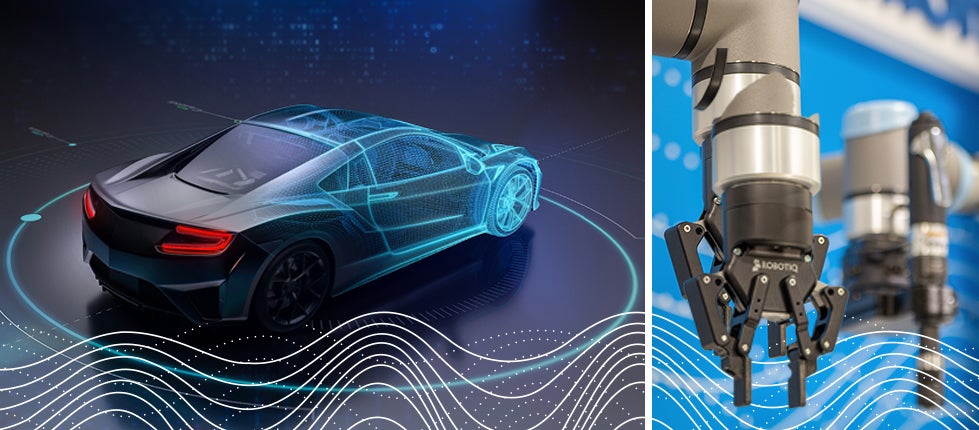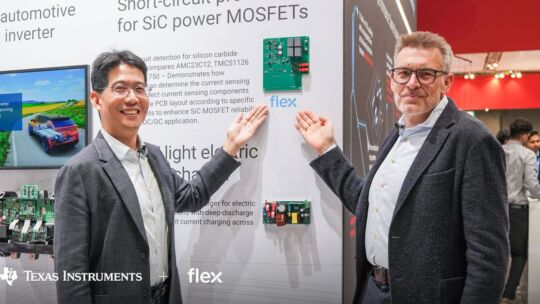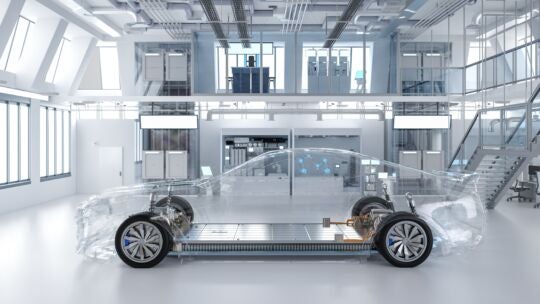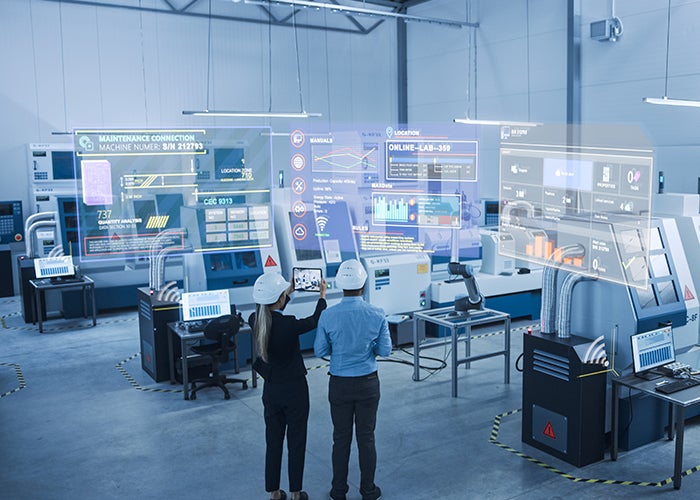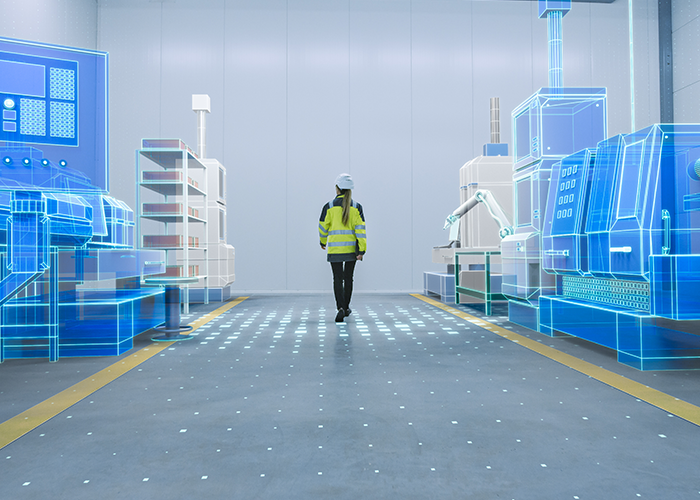Driving automotive manufacturing excellence early in the product lifecycle
At Flex, we use advanced manufacturing technologies like modeling and simulation early in the product lifecycle to ensure that our automotive customers can be assured of greater efficiency and lower risk further down the line when they’re producing at scale. For example, within design for manufacturing (DfM), modeling and simulation are used to determine how to achieve the highest yield with the fastest cycle times well before a product reaches the manufacturing stage. DfM guidance helps companies ensure that product designs are manufacturable, eliminating scrap and bottlenecks while maximizing product performance.
Another big benefit of simulation in the automotive industry is during the production part approval process (PPAP), which is a strict documented process that ensures products delivered to customers meet their requirements for performance, quality, and delivery. At Flex, we use simulation to speed this process, building out production flows in software iteratively until we can be confident that we have the required capacity and capabilities before we build products in real life.
This approach saves months of time and resources, enabling automotive manufacturers to accelerate next-generation mobility while maintaining quality, safety, and resiliency. We are also able to streamline serial production by gathering early input into the process failure mode and effects analysis (PFMEA). By simulating production lines and processes, we can quickly identify areas of highest risk and key bottlenecks and then develop and implement risk mitigation strategies in advance.
Applying AI for improved efficiency and quality
From factory line optimization to predictive maintenance and anomaly detection, AI offers many benefits to manufacturing processes. AI can help collect, analyze, and detect machine issues on the factory floor before they happen. With significant upstream data from connected machines, AI models can predict when an adverse event might happen, allowing manufacturers to prevent failures and mitigate downtime.
For example, at Flex, we applied AI on a line that had two almost identical capacitors. The only difference between the two components was the valves, which made it challenging for the human eye to detect anomalies. This was a critical area of concern because if the wrong capacitor was used, the product wouldn’t operate.
By using visual data and AI, our systems were able to identify if an employee placed the components in the correct spot and provide resolutions to fix issues in real-time. This translated to greater performance and yield, and enabled Flex to reduce scrap by identifying issues before a part was sent to another step in the line.
Digital twins and closed-loop feedback for process innovation
At Flex’s recently expanded strategic automotive manufacturing hub in Guadalajara, Mexico, simulation tools are leveraged to help automotive customers design, build, and deliver high-quality products at scale, faster. Simulation has helped the factory identify the best line configuration for specific product and process requirements, as well as to create different space optimization scenarios for new and current projects.
Advanced manufacturing technologies such as automation, simulation, and digital twin deliver significant competitive advantages for manufacturers —empowering them to not just survive today’s challenges, but to thrive and play an active role in defining the next generation of mobility.

